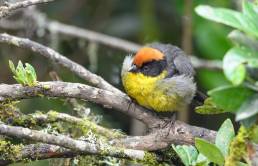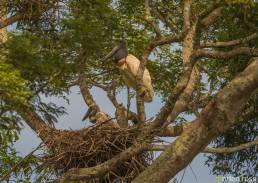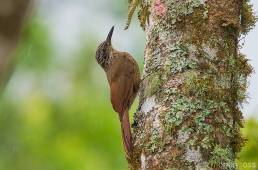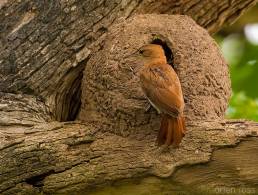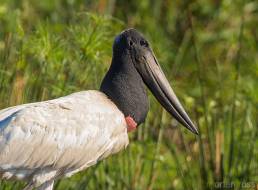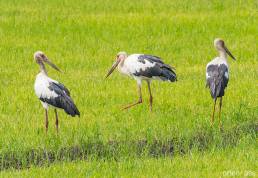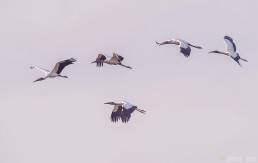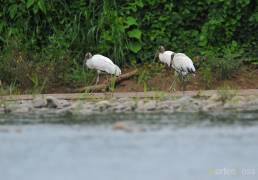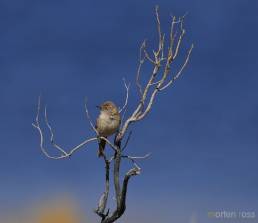17 Nov 2018
Yellow-breasted Brushfinch (Atlapetes latinuchus)
A common bird at high altitudes in Ecuador. It has an energetic and bubbly series of vocalizations. It sounds like this: Elevation: 3536 meters…
30 Nov 2014
Jabiru Stork (Jabiru mycteria)
The huge jabiru stork is a Pantanal icon, and I was in luck to encounter a few nests with chicks during my trips up and down the many rivers in Jaguarland.…
22 Nov 2013
Planalto Woodcreeper (Dendrocolaptes platyrostris)
One of several species of woodcreepers seen in the garden of Hotel do Ype. Woodcreepers are hard to identify as they look very similar. This one is similar to…
16 Nov 2013
Rufous Hornero (Furnarius rufus)
As I was photographing plants I noticed the constant return of and foraging of this bird on the ground around me. Not at all nervous about me, and came very…
14 Nov 2013
Jabiru Stork (Jabiru mycteria)
A very large stork, with an equally huge nest! I saw several nests high up in the largest power pylons crossing the Pantanal. They usually build their nest…
12 Nov 2013
Maguari Stork (Ciconia maguari)
Many long-billed bird species including storks are attracted to the rice fields of Fazenda San Fransico. Due to the need of large amounts of water these…
11 Nov 2013
Wood Stork (Mycteria americana)
One of several stork species I encountered here at Fazenda San Fransico, and the only one I didn't see up close. In fact this is my closet encounter. It…
23 Nov 2012
Wood Stork (Mycteria americana)
My boat trip from Chalalan back to Rurrenabaque presented an even greater amount of bird species than my trip upstream! Also species I didn't see on my way to…
12 Nov 2012
Cordilleran Canastero (Asthenes modesta)
There are many small bird species here, and quite a number of them as well, so you'll constantly see and hear them. Thanks to Jim Moore for identification.…
